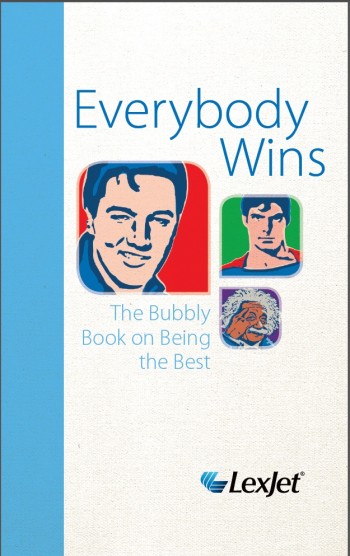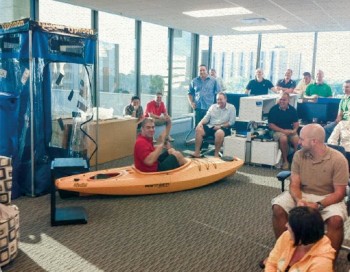Sweetwater deserves a spot on my bumper. When I apply a bumper sticker to my car I never use the space to promote a political position or ideology. Instead, I use the bumper as a means to promote and thus reward companies that provide amazing customer service.

Unfortunately, I don’t have a Sweetwater bumper sticker. Instead, I’ll share my experience with Sweetwater here at the LexJet Blog. While part of my reason for sharing is that great customer service should be rewarded by sharing it with as many people as possible, the other is to share some tips on what great customer service looks like, or in this case, what it sounds like.
I found Sweetwater whilst searching the Web for someone who carries the iJam and accepts PayPal. The iJam is a device that allows you to plug your guitar into your iPhone or iPad and play and record said guitar with GarageBand.
I ordered it expecting the typical online shopping experience, which is basically an email verifying the order, and that’s about it. What I got instead was a follow-up call from someone personally assigned to my account, Jason Koons, to see if I had any questions and to let me know he was available if I had any questions or needed any help with the iJam when I received it.
Jason wasn’t pushy; just helpful. The iJam shipped as promised, and was packaged with a catalog and some candy as a nice extra personal touch (I gave most of it to my kids; I don’t have a sweet tooth).
Jason keeps in touch via email ever so often to let me know about sales and new products at Sweetwater. Again, Jason doesn’t harass me and I appreciate the helpful check-up correspondence.
I’ve had problems here and there with products I bought online that didn’t show up on time (and one time not at all). In such cases I wasted a lot of time punching 0, 1, 3 and various other digits on my telephone keypad to finally talk to a human being, who is usually located overseas in a land that rhymes with Bindia. Not so at Sweetwater. I call Jason and usually get Jason, and if I don’t someone else is right there with my account information and ready to help.
My most recent order was a couple of sets of guitar strings and some picks. It wasn’t a big order by any means, so I didn’t expect the same service this time around. Wrong. Same service, despite the fact that my order was less than $20. They called to let me know that they didn’t have the exact same style of pick I ordered in stock and recommended a similar style. Fortunately, I’m not that picky (pun intended) and went with their suggestion.
Ultimately, Sweetwater has picked up a customer for life simply because they treat me like a person and not a number. I know they’re likely to get the order right the first time, and even if they don’t I’ll receive individual attention. Sweetwater doesn’t just say they value my business, they show it in tangible ways.
There are many facets to customer service – an easy to use and navigate website, logistics, the right products and other supporting systems – but if you lack that all-important personal touch the rest is all for naught.







